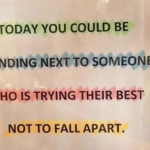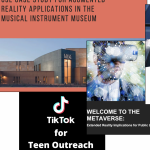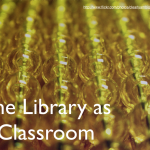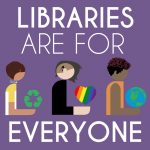https://www.instagram.com/p/CWbi7PTMt3k/?utm_source=ig_web_copy_link
This…


https://www.instagram.com/p/CWbi7PTMt3k/?utm_source=ig_web_copy_link

Hey all – Please share your favorite sites for grabbing Creative Commons or free-use images for your blogs and Inspiration Reports. I just came across this: https://www.pexels.com/royalty-free-images/ Please share your faves as a comment below. Image: East Grand Traverse Bay

Hey all – I have heard from a few of you that our WP site is not liking larger file sizes. Our school IT sets the parameters for security etc. The Inspiration Report requires this: Posting & Submission Publish the report as a PDF (or other media-based artifact) and share it via a post on […]

Hey all – Please ask a question and/or share your topic for the Inspiration Report here. We can discuss! Inspiration Report: o4/28 or FLUID DATE before the last day of class.

Greetings all! We interrupt our regularly scheduled program for a special “Keep Calm & Reflect” Week. Use the time to work on your Inspiration Report or Symposium entry. Action Items: Breathe. Meditate. Take a walk if possible. Please submit your blog URL for grading when you finish Post #5 Contact me: I am available for […]

Hey all – I’ve decided next week is “Keep Calm & Reflect” week. Work on your assignments and take time for yourselves to reflect on our class themes. We are in very good shape with time and the remaining modules. Reflective Practice will go up on 4/29. Message me anytime with questions!

Hello all! I had a good day trip to Chicagoland. I am so knocked out by Lake Villa District Library: spaces, services and staff! Here is a gallery to inspire. Click the photos for larger versions.

From Marie Østergård on Facebook: 54 kids, 9-12 year old and 4 adults on a 14 hour all night Readathon at Dokk1. They rocked the place! We didn’t get any sleep but got to see the library taken over by intense playing, reading, joking, running and much more. Who knew Dokk1 had so many places to […]

For this module, we will explore how learning is changing and the ways new literacies are impacting how information is shared. This is another “CYOA” that invites you to make your second choice of the three options or mix and match all three into your own learning module! Please let me know what you think […]

Hey all! I have been reading all your reflection blogging this weekend. Well done! I am knocked out by the high quality of your writing and media enhancements. And many of you focused on the Power of Stories in so many different and personal ways. My ❤️ is full. I so appreciate all the humanist […]
